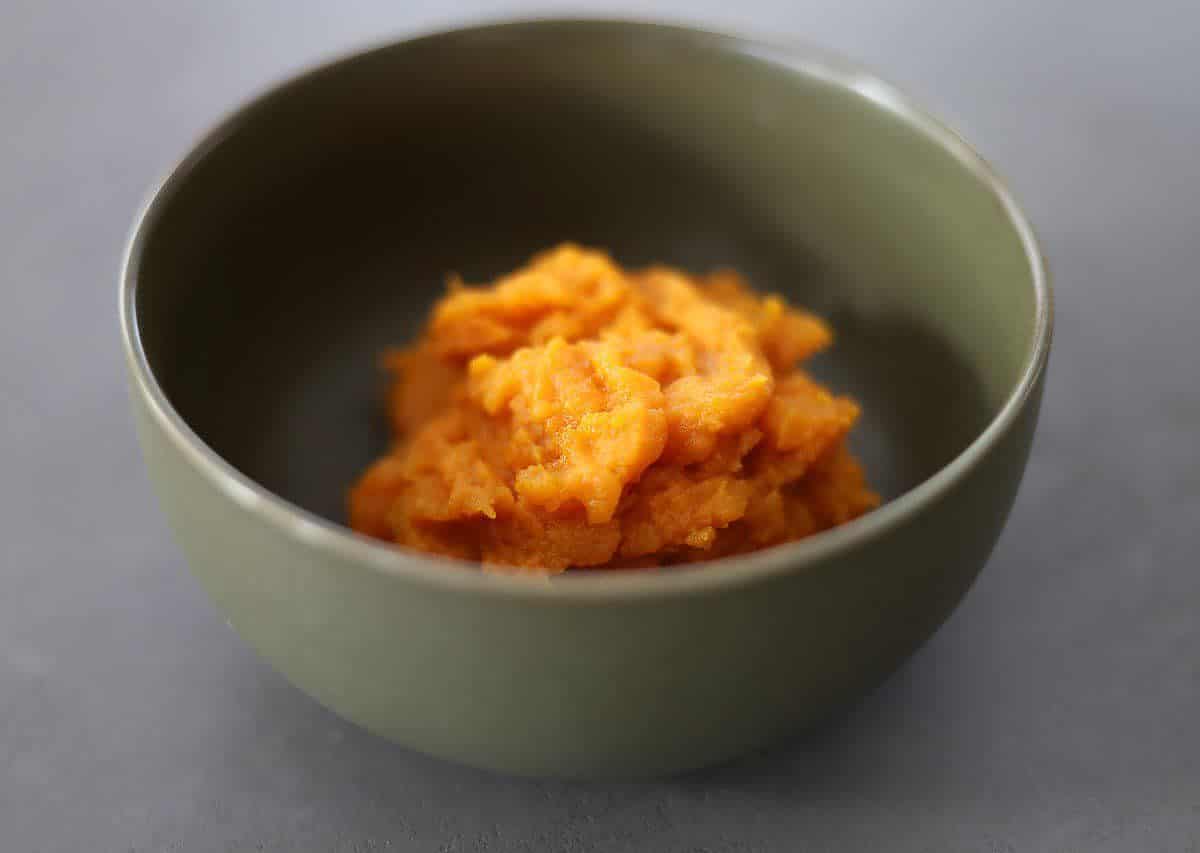Long before Columbus discovered the Americas, indigenous tribes of Central and South America were growing sweet potatoes in a variety of colors and shapes. Known as camote in Spanish, the sweet potato (Ipomoea batatas) was later distributed around the world by early explorers, and today it’s grown as a major food crop in the South Pacific, Japan, China, New Zealand, India, Egypt, Southern Europe and the United States.
Home gardeners in the tropics can take advantage of this wonder plant to provide a bountiful supply of nutritious food for the family. These tubers are a good source of carbohydrates, vitamin A, B1, B2, C, calcium, phosphorus and iron. The leafy tops of the plants can also be prepared as a spinach dish, which is delicious and highly nutritious.
Sweet potatoes belong to the morning-glory family, Convolvulaceae, with long trailing vines and pale lavender, morning-glory type flowers, which seldom make seeds. Instead, the plant has evolved to reproduce vegetative offshoots.
To grow camotes in your home garden, you need stem cuttings from mature plants to get them started. If you can’t find stem cuttings from any of your neighbors, don’t worry.
Here’s how it’s done
The next time you are shopping in the supermarket or local market, select some good-looking sweet potatoes. You can often find the purple skinned variety with a sweet, yellow interior, or the reddish- skinned variety, which is orange on the inside and tastes more like ayam.
At home, take a medium-size tuber and plant it in an 8-inch pot with regular soil. Plant it so half the tuber with the end of the stem is sticking straight up out of the soil.
You can also place three toothpicks around the middle of the tuber and suspend it in a glass jar filled with water. Place it in a sunny window and watch it sprout and grow new shoots. I remember my grandmother doing this with sweet potatoes to create decorative foliage plants.
After a month or so, you will be able to trim the leafy stems for planting. These stem cuttings should be at least 12 inches long and can be planted directly in a well-dug, compost enriched garden bed about two inches deep and two feet apart. In about a week, the cuttings will recover and begin to grow new leaves.
In three to four months the new vines will cover the entire garden bed and new sweet potatoes will be ready to harvest. You can either dig up a few at a time or harvest them all at once and replant the stems again to keep a continual supply of camotes going in the garden. Also remember that the leaves from the stem cuttings are an excellent spinach substitute.
This is particularly good news for gardeners who live in the warmer regions of the country where spinach doesn’t grow well. Harvested roots can be sun dried fora day and stored in a dry, shady area. Camotes are wonderful baked and lend themselves to many creative dishes, such as sweet potato vegetable pies with garlic and onions or pureed like mashed potatoes.
The list of recipes goes on and on. I hope you’ll try these nutritious, native spuds in your home garden this year.
Until next time – happy gardening in Costa Rica.






